Cologne is the source of Germany’s contemporary art scene. It is home to the massively influential Museum Ludwig and the world’s oldest art fair, Art Cologne, the 52nd edition of which has just opened, as well as being a hub for many of the most important post-war German artists, including Gerhard Richter, Sigmar Polke, Georg Baselitz and Martin Kippenberger, and their gallerists, such as Karsten Greve, Paul Maenz, Rolf Ricke, Michael Werner, and Rudolf Zwirner, David Zwirner’s father.
Yet while Art Basel prospered in the 2000s, Art Cologne declined as the German economy faltered following reunification and the art scene, if not the collectors, moved to gritty post-Wall Berlin, where rent was cheap and opportunity plentiful—”Sexy but poor” as a former mayor said. The German economy has now rebounded though and Berlin rent is no longer so cheap. Meanwhile, after a period of contraction, Art Cologne has been rebuilding, with its parent, Koelnmesse, in 2017 even buying-out Art Berlin Contemporary, Berlin’s art-fair-by-any-other-name, which never succeeded like its older, more successful sister, Gallery Weekend (which opens next week). Art Cologne’s strategy is simple: build on the synergies and respective strengths of Berlin (political and creative) and Cologne (economic and geographic – close to Paris and Benelux countries).
As usual, some major New York and London galleries have come to Art Cologne this year. Blain|Southern, Lisson, Gagosian, Hauser & Wirth and David Zwirner are all there, but mainly the galleries at Art Cologne are from South West Germany, Paris (Thaddaeus Ropac) and Berlin (Esther Schipper, König), with a sprinkling of Swiss and Austrian galleries (like Galerie nächst St.Stephen Rosemarie Schwarzwälder from Vienna).
Galleries from Asia are hard to find, with the notable exceptions of Pearl Lam Galleries (Hong Kong, Shanghai and Singapore) and Whitestone (Hong Kong, Taipei and Tokyo). Asked about the difference between Art Basel’s and Art Cologne’s respective Asia strategies, Galerie Rüdiger Schöttle’s Dr. Ingrid Lohaus, noted that while “Art Basel Hong Kong is in the meantime one of the most important global and international art fairs. Cologne is less international but very established and it builds an important platform for the nucleus of the European collectors since its beginning.”
Of course, the core of Art Cologne is the local talent, whether from Berlin, Munich or Cologne itself, including Galerie Gisela Capitain, Sprüth Magers, Nagel Draxler (which after moving to Berlin has just reopened a permanent space in Cologne again), Kraupa-Tuskany Zeidler (Berlin) and Galerie Rüdiger Schöttle (Munich).
Given that Art Brussels is on simultaneously and next week sees Gallery Weekend in Berlin (and the fancy New York Times Art Leaders conference), it feels quite crowded.
Here are some highlights from Art Cologne, all galleries that also show at art fairs in China, including Art Basel Hong Kong, West Bund and ART021 in Shanghai and the new Jing art fair in Beijing.
Pearl Lam Galleries, Hall 11.2. Stand C 10
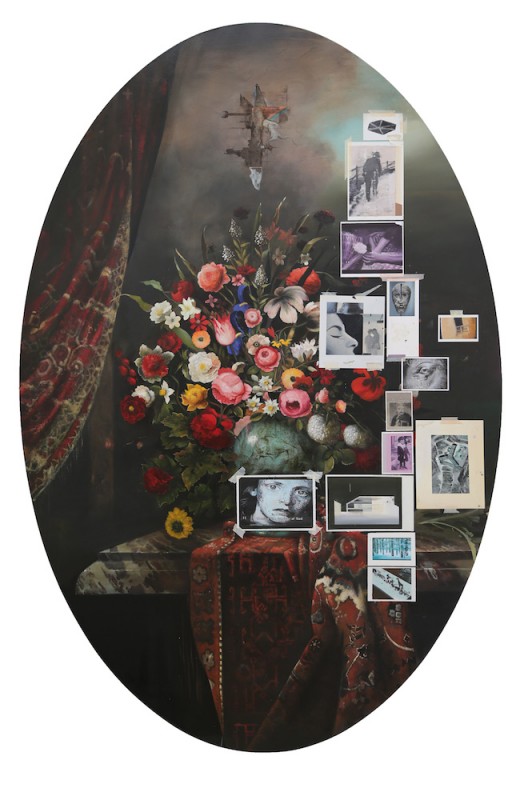
(image courtesy the artist and Pearl Lam Galleries)

Blain Southern Booth C-020, Hall 11.2
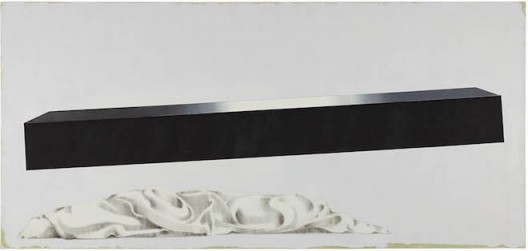
Michael Simpson’s first solo exhibition in China opened at the Shanghai Minsheng Art Museum on 10 April.

(image courtesy the artist and Blain Southern) C-020, Hall 11.2
Gisela Capitain, Hall 11.2 / Stand B 20
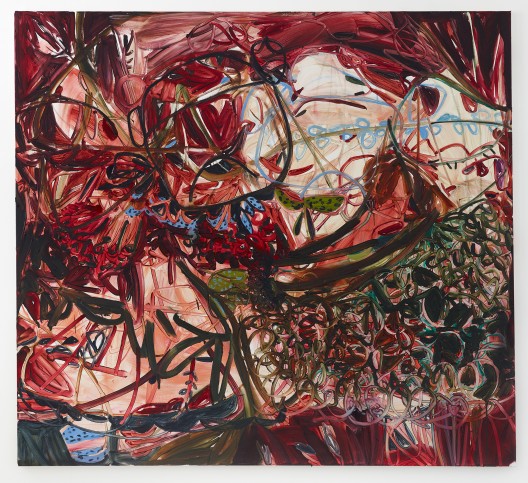
(© the artist, image courtesy the artist and Galerie Gisela Capitain, Cologne. Photo: Simon Vogel)
Galerie Rüdiger Schöttle, Hall 11.2 / Stand D 11
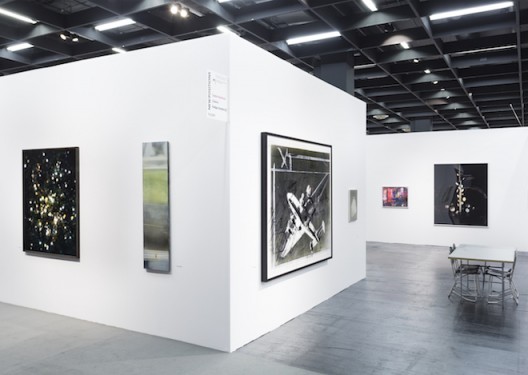
Kraupa Tuskany Zeidler, Hall 11.2, Booth B-039
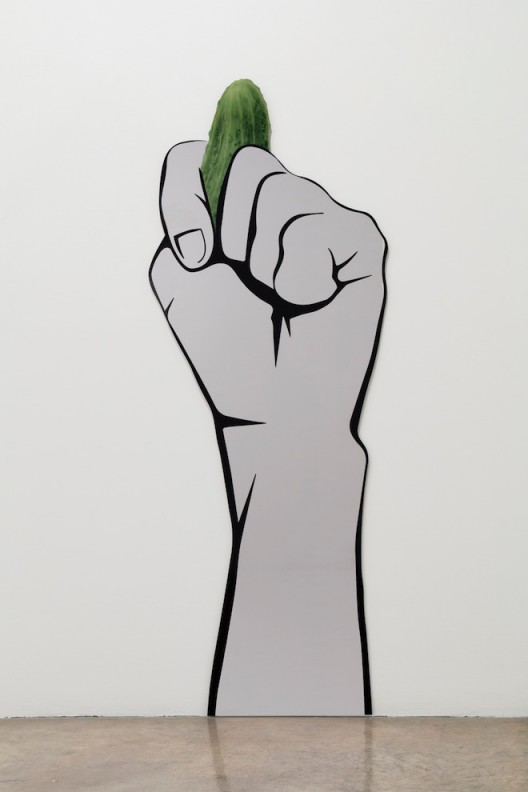
(image courtesy the artist and Kraupa-Tuskany Zeidler, Berlin)